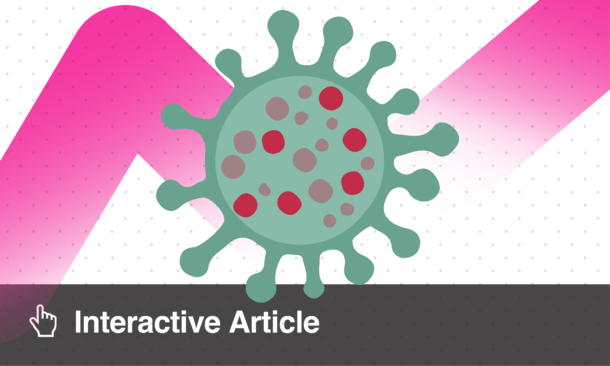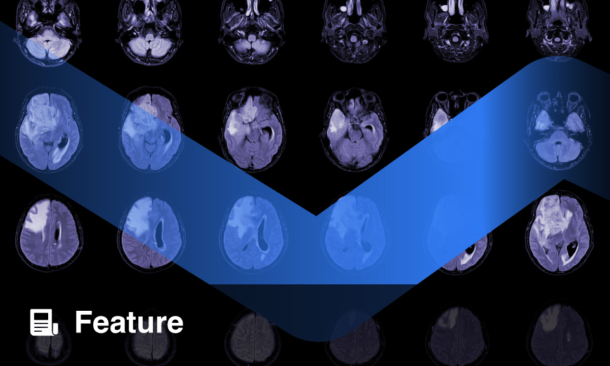Nancy Davidson | Executive Vice President for Clinical Affairs, Fred Hutchinson Cancer Center, Seattle, Washington, USA; Professor of Medicine, University of Washington School of Medicine, Seattle, USA.
Citation: Oncol AMJ. 2024;1[1]:51-53. https://doi.org/10.33590/oncolamj/11000004.
![]()
What led you to pursue a career as a breast cancer oncologist?
I worked in a breast cancer laboratory at the National Cancer Institute (NCI), Bethesda, Maryland, USA, during the summer after my first year in medical school. The lab studied human breast cancer cell lines, which served as remarkably good models for breast cancer in people, and even a second-year medical student could see how this bidirectional investigation could help to advance treatment for people with breast cancer. This experience catalyzed my passion about breast cancer, and my commitment to translational research.
You are also heavily involved in developing new standards of care for patients with cancer. What initially sparked your interest in this area?
We continue to make progress in cancer care on several fronts, but our results are far from perfect. I am constantly reminded of three things. First, thanks to an investment in basic science, there is a steady improvement in our understanding of cancer biology, and this understanding drives the continual development of new interventions. Second, today’s standard care is a result of yesterday’s clinical trials, and tomorrow’s standard of care will be defined by today’s clinical trials. Finally, we are not finished until access to clinical trials and new standards of care are enjoyed by all. I wanted to be part of the teams that work in all of these areas.
What do you think other research centers can learn from the approach you and your team have taken at the Fred Hutchinson Cancer Center, Seattle, Washington, USA?
At Fred Hutch, we take pride that our center was at the forefront of the development of bone marrow transplant for cancer, and this was only made possible by extraordinary basic science, clinical investigation, and multidisciplinary teamwork. Decades of work, led by E. Donnall Thomas, led to the identification of appropriate patients, and the development of treatments that maximized antitumor effect and minimized toxicity, especially infection and graft-versus-host disease. Bone marrow transplant is now used around the world, thanks in large part to the research carried out at Fred Hutch. We use these same principles to guide us across all our areas of investigation. The value of this approach was validated yet again by our teams, who were in the vanguard for development of cellular therapy like CAR-T, taking preclinical work into early phase trials in humans, and then commercialization through a startup company. And the principles are crosscutting; Hutch prostate cancer investigators led the discovery that males with metastatic prostate cancer have a higher likelihood of harboring germline mutations in the BRCA genes, which has implications for the treatment selection for the patient, and genetic testing/screening/prevention strategies for unaffected family members who are found to have germline BRCA mutations through cascade testing.
You currently have more than 400 international publications to your name for your research in breast cancer. What do you believe to be the current gaps in literature, and which topics merit greater attention?
I have never been part of a publication where I came away thinking that our “mission was accomplished.” Major gaps include how to refine our strategies for risk assessment and prevention, early detection, tailoring treatment, understanding response and resistance to treatment, enhancing survivorship, and disseminating what we know. An exciting area is how the utilization of new technology of all types can make a positive impact: for example, artificial intelligence (AI) for screening and risk assessment; circulating tumor DNA to monitor tumor burden and evolution; the use of antibody drug conjugates to refine treatment; and refinement of methods to perform surgery, or deliver radiotherapy. And I expect there are areas that we don’t even know about, which are gaps that we have yet to recognize.
Your research has specifically focused on the role of hormones in breast cancer growth. Are there any developments in this area that you are particularly excited about seeing translated into practice?
I have been so pleased to see how hormone therapy for breast cancer has evolved to be the foundational treatment for females and males of all ages who have hormone-responsive cancers. We have moved away from our belief that chemotherapy is the preferred choice for many of these individuals. I am excited about how our deeper understanding of ways to manipulate the hormonal milieu has led to the development of new agents, like the oral selective estrogen receptor degrading agents and luteinizing hormone-releasing hormone antagonists. Finally, we have learned a lot about treatment resistance and the rational use of combination therapies, allowing us to partner our hormonal therapies with cyclin-dependent kinase 4/6 inhibitors, AKT inhibitors, and more to come, with the goal of improving outcomes with more biologically-based therapy.
In the recently published research article you co-authored, entitled ‘Genomic characterisation of hormone receptor-positive breast cancer arising in very young women’, what would you say the key findings were?
I was fortunate to be a part of this study, led by Sherene Loi, which evaluated tumors from premenopausal females who participated in a pivotal trial of optimal adjuvant endocrine therapy. We learned that tumors from females <40 years were more likely to harbor genomic features suggestive of homologous recombination deficiency, PIK3CA mutations with copy number variants, and GATA3 mutations. These poor prognostic features were most common in females <35 years, and least common in those ≥40 years, and were associated with diminished distant recurrence-free interval and survival. In our opinion, this work suggests that there are discrete genomic subtypes in hormone-responsive tumors in premenopausal females that are age-dependent, and associated with different outcomes. Perhaps this knowledge will help us to refine treatment strategies in this setting.
As an active researcher, where can we expect to see your focus lie in the coming years?
My interest in “all things breast cancer” is undiminished, and I hope to continue collaborative research initiatives of all types. These range from a new basic science study to tackle therapeutic resistance in triple negative breast cancer, by dissecting the intercellular signals shared between the cancer cells and their neighbors; to participating in a trial of radionuclide imaging, using a novel tracer to determine responsiveness to PARP inhibitors; to large collaborative efforts, such as the studies of the Translational Breast Cancer Consortium (TBCRC), an alliance of 18 breast cancer research groups across the USA, that have united to perform early phase, hypothesis-driven, biospecimen-rich clinical trials in breast cancer. Founded in 2005, we have conducted 64 trials enrolling 6,600 patients to date, but we still have a lot to do. TBCRC investigators also contributed to a project called AURORA US, whose goal is to carry out deep molecular characterization of matched primary and metastatic breast cancer specimens, obtained from patients whose clinical course is known. The goal is to understand molecular underpinnings of metastatic breast cancer to inform new strategies for intervention, and our first findings from a retrospective study were published in 2023. A prospective study is in progress.
There has been interest from all areas of life science and healthcare towards AI. Where is there room for AI in breast cancer research, and how will the utilization of such technologies accelerate research and development?
As a novice in the field of AI, I look forward to collaborating with knowledgeable individuals who can help us harness its potential to tackle the critical obstacles in cancer research and care. I can certainly help to identify the problems, and I hope the AI experts will have potential solutions that we can study together.
What are the most significant changes you have seen in the field of breast cancer during your time as a researcher?
I am proud that breast cancer mortality in the USA has dropped by about 40% since 1990, and I like to think I have played a very small role in bringing about that change. It would not be possible to catalog all of the changes, but some key ones are the efforts of surgeons and radiation oncologists to optimize the extent of surgery and radiation needed; the recognition of the underlying genes for certain hereditary breast cancer syndromes; the development and optimization of new systemic therapies, based on our understanding of the molecular subtypes of breast cancer; the welcome focus on survivorship; and the partnership between breast cancer advocates, researchers, and care providers, which has been so powerful in sparking breast cancer awareness, and promoting an investment in research.







